What Makes Brow Lamination Suitable for All Skin Types?
In recent years, brow lamination has become a very popular beauty treatment. This technique can help shape and groom eyebrows for people with different skin types, from oily to dry. No matter your skin tone or texture, brow lamination can enhance the natural look of your brows. This treatment has become a go-to choice as more people seek perfect eyebrows as it provides long-lasting results and caters to varying preferences. This blog will take a detailed look into the procedure, related misconceptions, and details on skin compatibility to help you gain insight into this transformative beauty treatment.
What is Brow Lamination?
Brow lamination is a popular beauty treatment that enhances and reshapes the appearance of eyebrows. It is a semi-permanent process where the technician uses a special chemical solution to soften the brow hairs, allowing them to be brushed and molded into a more defined and uniform shape. After achieving the desired shape, a neutralizing solution is applied to set the brows in place. This results in a lifted, fuller, and more symmetrical look that lasts several weeks. Brow lamination is a low-maintenance solution for those looking to effortlessly improve their natural brows and achieve a well-groomed, on-trend appearance.
Addressing Common Misconceptions
Like with any other beauty enhancement procedure, misconceptions are also attached to brow lamination. Let us debunk some of these in the subsequent points.
Painful Procedure
Contrary to common beliefs, brow lamination is generally not a painful procedure. While some clients may experience minor discomfort during the application process due to the sensation of products being applied to the eyebrows, it is typically mild and temporary. The chemicals used in brow lamination solutions are designed to be gentle on the skin and hair, minimizing any potential discomfort. Moreover, most technicians take precautions to ensure the client’s comfort through various means, such as numbing creams or soothing techniques.
Looks Unnatural
When done correctly by an experienced technician, brow lamination enhances the natural shape and texture of the eyebrows without making them look overly groomed or artificial. Brow lamination works by softening and reshaping the brow hairs, allowing them to be styled into a more defined and uniform position. The key is to tailor the lamination technique to suit the individual’s facial features and preferences, ensuring that the end result complements their natural beauty. Furthermore, brow lamination products are designed to mimic the texture and color of natural brow hairs, resulting in a seamless and realistic appearance.
Unsafe Treatment
One common belief about brow lamination is that it is unsafe for the eyebrows. When done by a skilled and experienced technician using high-quality products, brow lamination is generally considered safe. Reputable salons and technicians prioritize client safety by thoroughly consulting with clients before the treatment. This allows them to assess the client’s skin type, sensitivity, and any potential allergies to ensure the procedure is suitable. Moreover, following proper application techniques and manufacturer guidelines further reduces the risk of adverse reactions.
Brow Lamination and Skin Compatibility
Assessing skin compatibility is essential before getting brow lamination. While the focus is on the eyebrow hairs, the chemicals used during the process also touch the skin around the brows. Checking skin compatibility before brow lamination is crucial for a safe and comfortable experience. Some of the top reasons for checking the rightful compatibility before undergoing brow lamination are as follows.
- Some people may be allergic to ingredients in brow lamination solutions. Checking skin compatibility can help identify any potential allergens and reduce the risk of unwanted reactions.
- Individuals with sensitive skin may experience irritation or discomfort during or after the brow lamination. Evaluating skin compatibility allows technicians to select the most suitable products and adjust the treatment to minimize irritation.
- Certain skin conditions, such as eczema, dermatitis, or psoriasis, can be worsened by the chemicals used in brow lamination. Assessing skin compatibility helps identify people with pre-existing skin issues and determine whether brow lamination is appropriate.
Addressing Specific Skin Concerns
Different skin types react differently to beauty treatments, and brow laminations are no exception.
Sensitive Skin
Here is the rewritten text: Individuals with sensitive skin may be more prone to irritation from the chemicals used in brow lamination. This can cause redness, itching, or a burning sensation around the eyebrows. Some people may be allergic to specific ingredients found in brow lamination products. Those with sensitive skin may also experience adverse reactions to the adhesives used in this procedure, such as irritation, redness, or allergic contact dermatitis.
Oily Skin
People with oily skin often have an abundance of natural oils, which can interfere with how well brow lamination products stick to their eyebrow hairs. The excess oil on the skin may prevent the chemical solutions from properly absorbing, resulting in less effective results. Due to this excess oil production, brow lamination effects may not last as long for those with oily skin as normal or dry skin. The surplus oil can cause the brow hairs to lose shape or become misshapen easily. Additionally, the chemicals in brow lamination products have the potential to clog pores, exacerbating existing oily skin issues like acne or breakouts.
Dry and Normal Skin
Individuals with dry skin may encounter more sensitivity and irritation when undergoing brow lamination treatments. Dry skin lacks sufficient moisture and natural oils, making it more vulnerable to dehydration. The chemical solutions used in brow lamination can further strip away moisture from the skin, leading to dryness, flakiness, or tightness. While the brow lamination process primarily targets eyebrow hairs, people with dry skin may be more prone to absorbing the chemicals into the surrounding skin, increasing the risk of irritation or adverse reactions. The lack of moisture and natural oils can also cause the eyebrow hairs to become brittle and lose their shape more quickly, resulting in a shorter duration of the desired effects.
Mature or Aging Skin
Aging can cause eyebrows to thin out or become less dense, making it challenging to achieve the desired fullness and definition with brow lamination alone. Mature skin often develops wrinkles and fine lines around the eyes, which can affect the overall appearance of the eyebrows. Brow lamination may accentuate these lines, making them more noticeable. Changes in skin texture, such as roughness or unevenness, may impact the adherence of brow lamination products and the final outcome of the treatment. As skin becomes more delicate with age, individuals with mature skin may be more prone to allergic reactions to the chemicals used in brow lamination solutions.
How Long Does Brow Lamination Last?
The brow lamination process is semi-permanent in nature and is built to last 4-6 weeks. Depending on your body’s unique factors and the quality of aftercare, you may extend the shelf life of your procedure to up to 8 weeks. Regular touch-ups every 4-6 weeks enhance brow shape and extend the benefits of the initial lamination treatment. Adhering to aftercare instructions and employing brow-specific products can further promote the longevity of the lamination effects.
How Do Professionals Tailor Brow Lamination?
Professionals tailor brow lamination treatments to clients’ unique needs and preferences by considering several factors. Let us look at the procedures professionals use when completing a brow lamination process.
- The process starts with a consultation to understand the expectations and unique conditions of the client.
- The client’s eyebrows are assessed for properties like shape, thickness, and hair growth pattern to select a preferred technique.
- The procedure commences when the technician formulates and evenly applies the eyebrow solution to the surface. Shaping is done by combing the brows into the desired positions for a desirable look. The procedure concludes when the technician offers some final touches.
- Clients are given specific aftercare instructions that help them maintain their treatment and manage any aftereffects.
Vivid Skin & Laser Center: Book A Session Today!
Discover state-of-the-art skincare transformation at Vivid Skin and Laser Clinic. Our expert team uses advanced dermatological treatments and cutting-edge laser technology to address various skin concerns, from acne and discoloration to unwanted hair and aging. We support you in elevating your brow game to new heights as our expert technicians tailor the perfect arches to complement your facial features. Schedule a consultation today and start your journey to flawless, glowing skin.


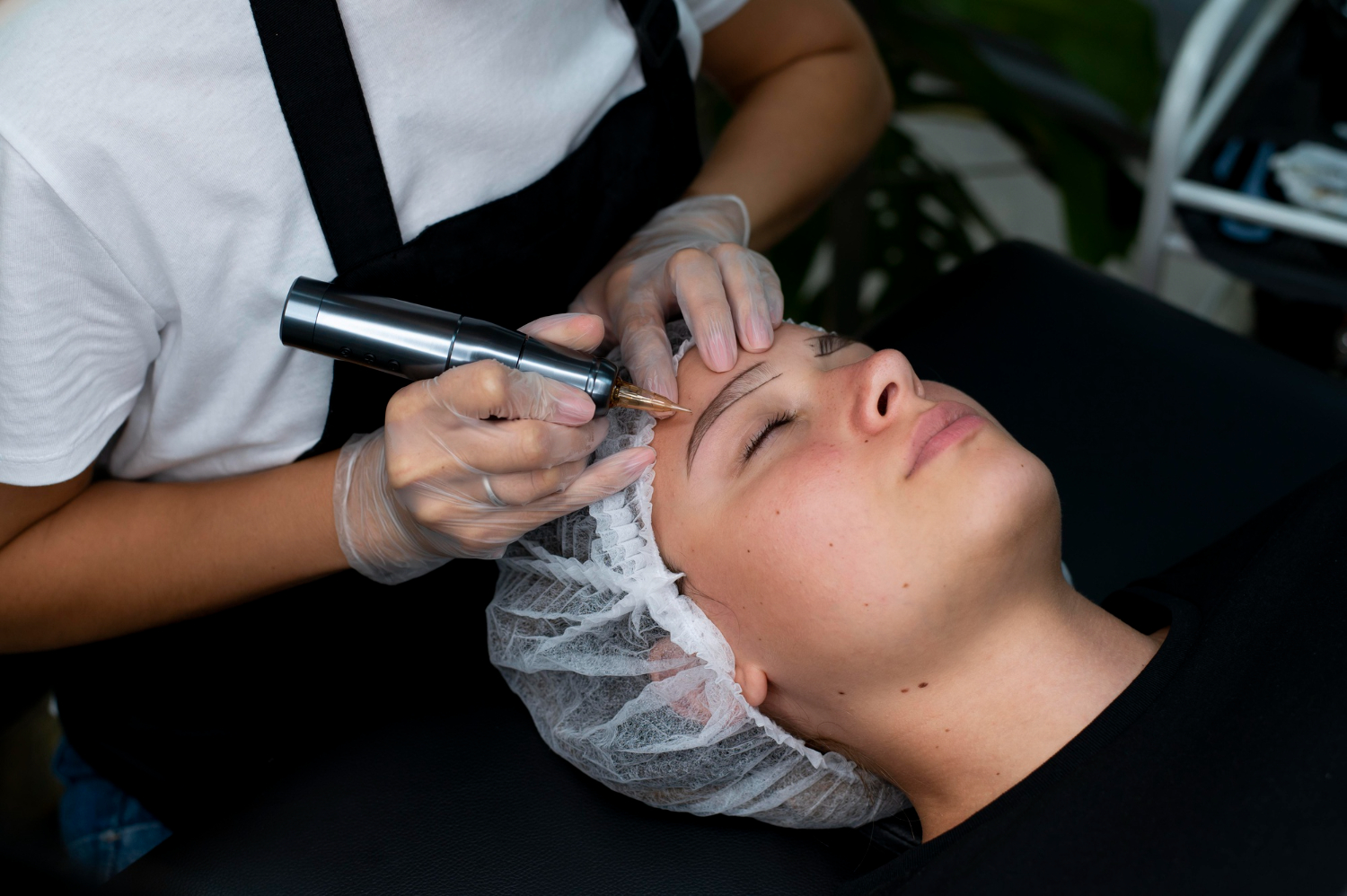
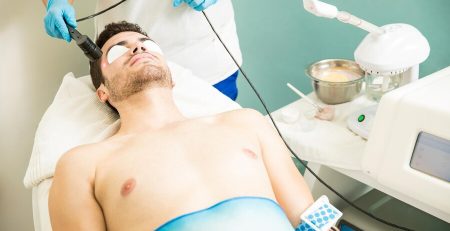
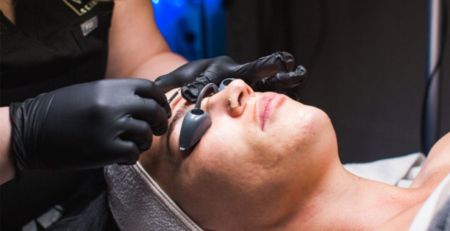
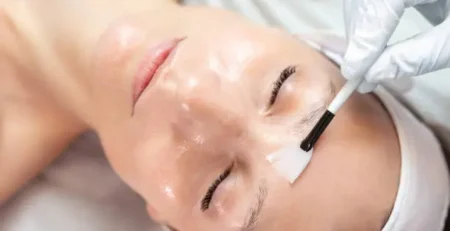
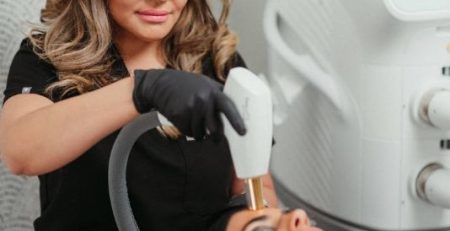
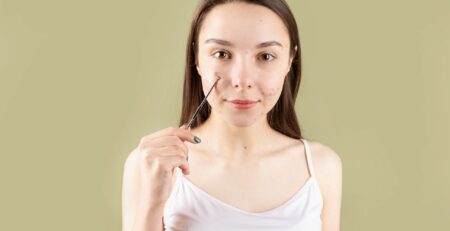
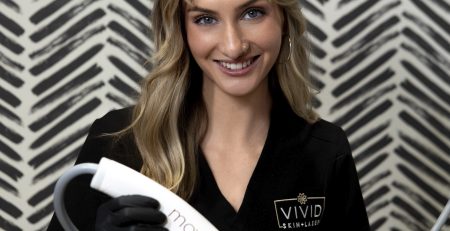
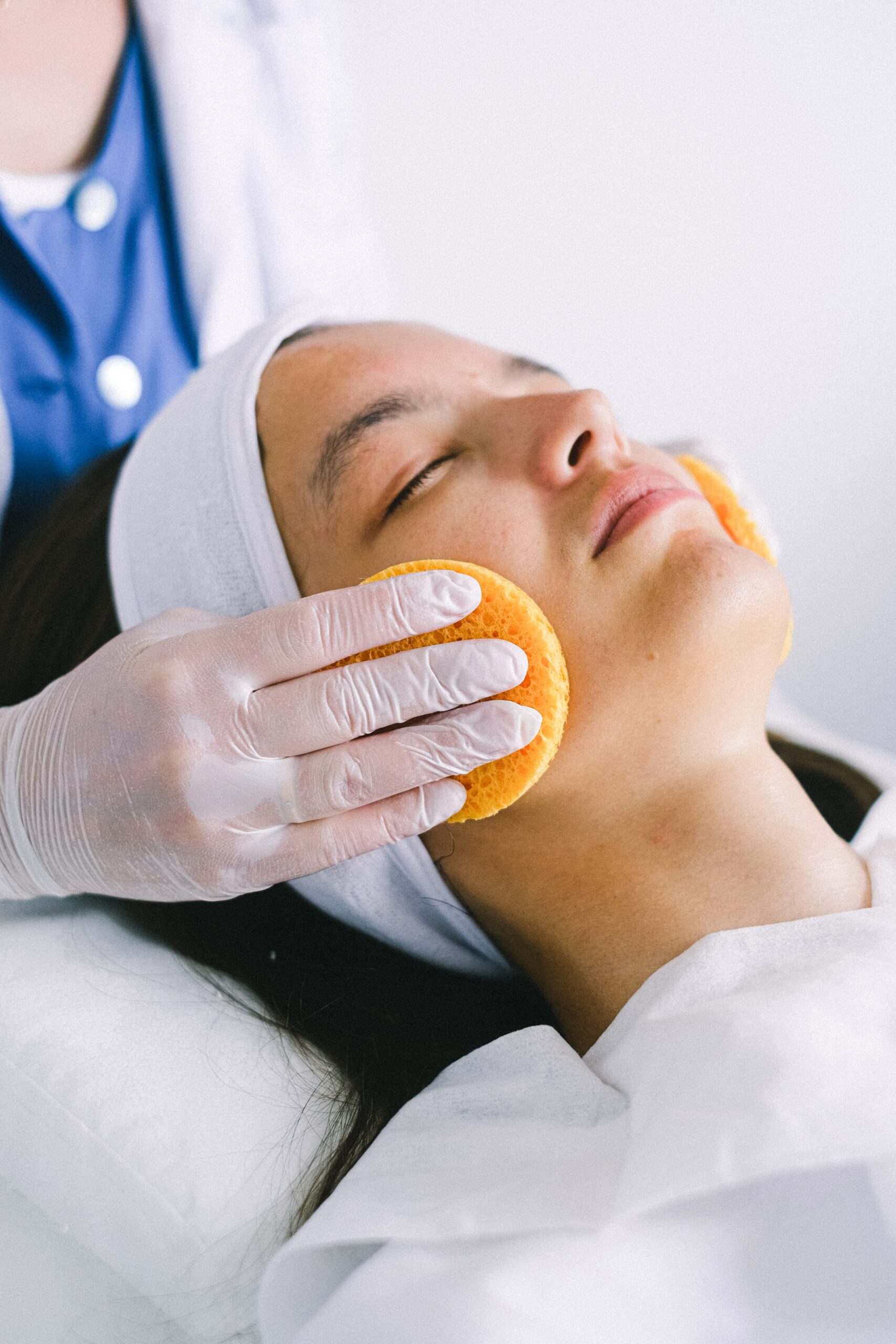
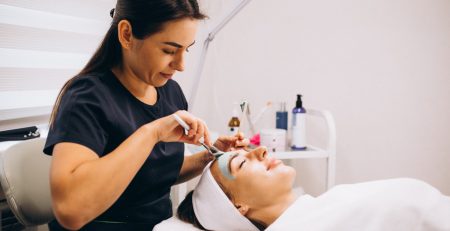
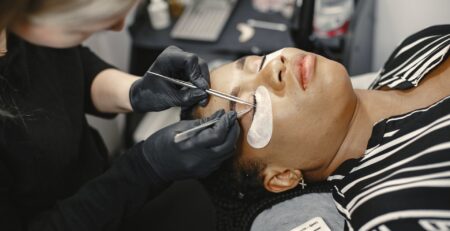
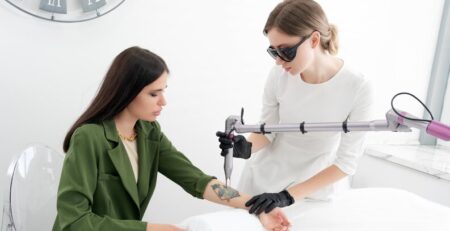

Leave a Reply